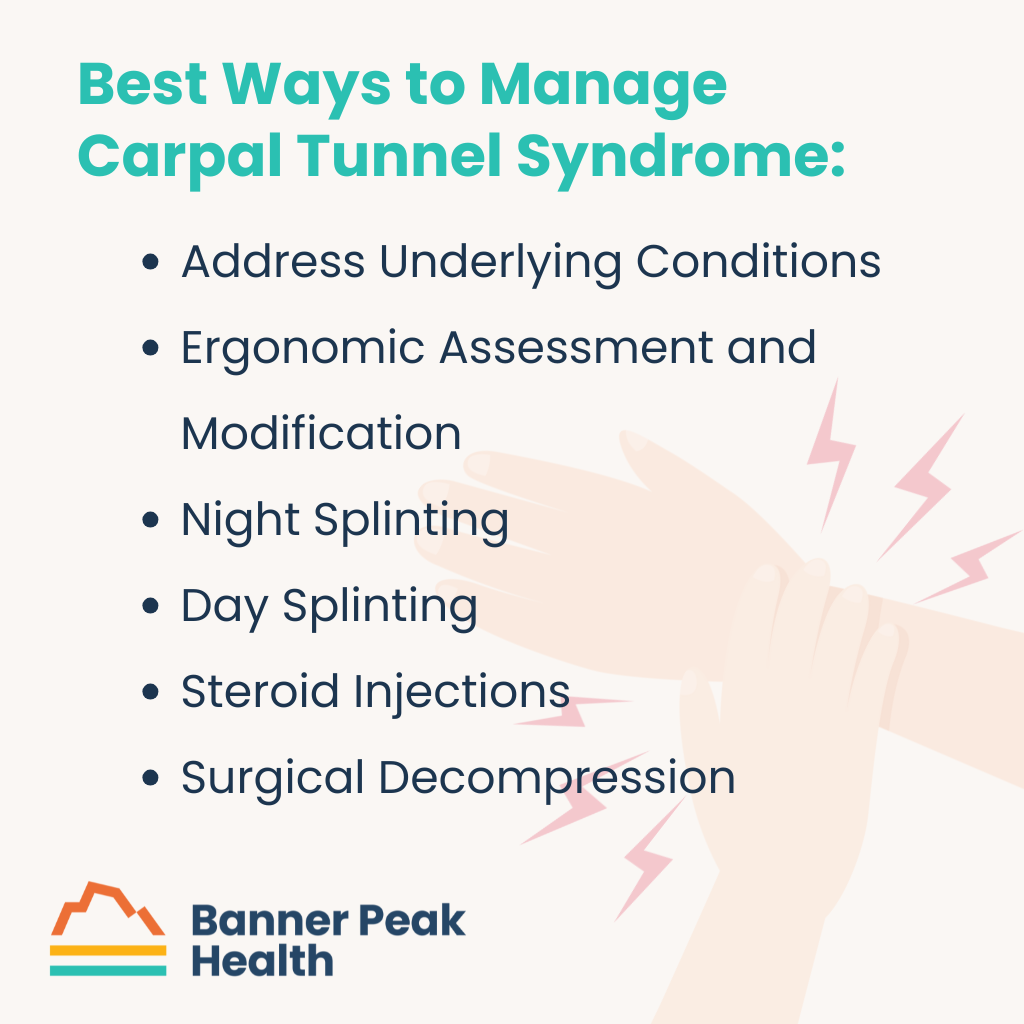In certain circles, evolution is described as just one theory among many explaining life on our planet. A prominent alternative is intelligent design — the idea that certain features are too complex to have arisen gradually through evolution.
I’m a firm proponent of evolution, the bedrock of modern biology. The human body offers many examples of features that function poorly, which would be products of unintelligent design.
Consider the human spine. Who would place weight-bearing support so close to our neural wiring? The wear and tear creates degradation of our spine and distorts our bones and discs, leading to pinched nerves. The millions suffering from sciatica would disagree with anything intelligent about this arrangement.
The carpal tunnel — and the need for carpal tunnel syndrome medical devices — represents another design flaw. There’s too much happening in too small a space.
This guide explores the most effective carpal tunnel syndrome medical devices available today, from ergonomic tools to specialized splints, helping you understand which options best suit your needs. But first, understanding how these devices work requires knowledge of the condition’s underlying causes.
What Is Carpal Tunnel Syndrome?
The carpal tunnel is a tiny space where your hand meets your wrist. The bottom consists of four small wrist bones. The top is the flexor retinaculum, a stiff ligament. Inside this space are nine flexor tendons that facilitate curling movements of your fingers and thumb — plus one little median nerve.
This median nerve controls thumb movement and sensation to the thumb, index, middle, and half the ring finger.
On a good day, there’s barely enough room for everything to function properly. Many factors can cause a bad day for your carpal tunnel. Because it’s surrounded by inflexible structures (bones and ligaments), anything causing swelling increases pressure within the tunnel and compresses the median nerve.
Signs and Symptoms of Carpal Tunnel Syndrome
When the median nerve gets compressed, several symptoms can occur:
- Numbness or tingling in the thumb, index, middle, and part of the ring finger
- Pain in the same distribution
- Weakness that makes gripping objects difficult
- Dropping things frequently
- Reduced thumb function
These issues interfere with daily tasks like writing, opening jars, and brushing your hair.
Many patients notice symptoms worsen at night. Why? When we sleep, we lose conscious control of our muscles. Our default state curls our wrists forward, further compromising the already cramped tunnel.
Understanding Carpal Tunnel Syndrome’s Root Causes
Before discussing carpal tunnel syndrome medical devices, we must consider underlying causes. Many conditions increase risk:
- Wrist trauma (fractures, dislocations, sprains)
- Inflammatory conditions (rheumatoid arthritis, lupus)
- Hormonal changes (pregnancy, menopause, oral contraceptives)
- Fluid retention (medication side effects, sodium intake)
- Hypothyroidism
- Obesity
Other conditions don’t increase swelling but make the median nerve more susceptible to damage:
- B12 deficiency
- Alcohol abuse
- Diabetes
A careful practitioner explores these underlying causes before recommending treatment.
Ergonomic Factors
Contrary to popular belief, typing itself doesn’t cause carpal tunnel syndrome. Studies show frequent typists don’t have higher incidence rates, likely because they’ve optimized their ergonomics.
It’s not typing frequency but wrist position that matters. Deviation from a neutral position (wrists flexed downward or upward) causes problems.
Think of your carpal tunnel as a straw packed with nine tendons and one nerve. When you bend your wrist, you kink that straw.
Other ergonomic risk factors include:
- Using vibrating machinery
- Exposure to extreme cold
- Poor bicycling ergonomics (gripping the handlebar, putting pressure on the carpal tunnel)
Carpal Tunnel Syndrome Medical Devices and Treatment Options
Treatment follows a progression from conservative to more invasive approaches:
1. Address Underlying Conditions
Identify and treat any underlying medical issues like B12 deficiency, diabetes, or hypothyroidism.
2. Ergonomic Assessment and Modification
Evaluate how you use your hands during daily activities:
- Keyboard height (ensuring neutral wrist position)
- Mouse design and positioning
- Proper equipment for occupational tasks
Specialized carpal tunnel syndrome medical devices include ergonomic keyboards, mouse pads with wrist support, and task-specific tools designed to maintain neutral positioning.
For cyclists, specialized gloves with padding on either side of the carpal tunnel create a groove that prevents direct pressure on this sensitive area.
3. Night Splinting
Since symptoms often worsen at night, wearing a neutral position wrist splint while sleeping can provide the canal enough time to straighten and heal. These carpal tunnel syndrome medical devices prevent your wrists from curling during sleep.
4. Day Splinting
If night splinting proves insufficient, wearing splints during daytime activities for four to six weeks may help. Modern carpal tunnel syndrome medical devices include flexible braces that allow some movement while maintaining neutral alignment.
5. Steroid Injections
When conservative measures fail, a physician can inject steroids to reduce inflammation around the median nerve.
6. Surgical Decompression
As a last resort, surgical release of the transverse carpal ligament creates more space in the tunnel.
Today’s Takeaways
Carpal tunnel syndrome stems from a design flaw in human anatomy, but proper management can prevent or resolve symptoms. Remember:
- Maintain neutral wrist position — don’t kink the straw.
- Consider whether underlying medical conditions might be contributing to your symptoms.
- Start with the least invasive carpal tunnel syndrome medical devices (ergonomic tools, night splints) before progressing to more aggressive treatments.
At Banner Peak Health, we evaluate every aspect of your health when addressing carpal tunnel syndrome. Rather than simply recommending carpal tunnel syndrome medical devices, we first identify and treat the root causes of your symptoms. If a medical device is necessary for your specific carpal tunnel situation, we’ll help you choose the one most appropriate for you.


Barry Rotman, MD
For over 30 years in medicine, Dr. Rotman has dedicated himself to excellence. With patients’ health as his top priority, he opened his own concierge medical practice in 2007 to practice medicine in a way that lets him truly serve their best interests.




